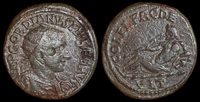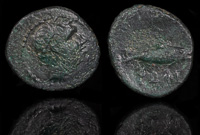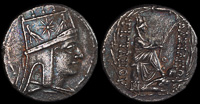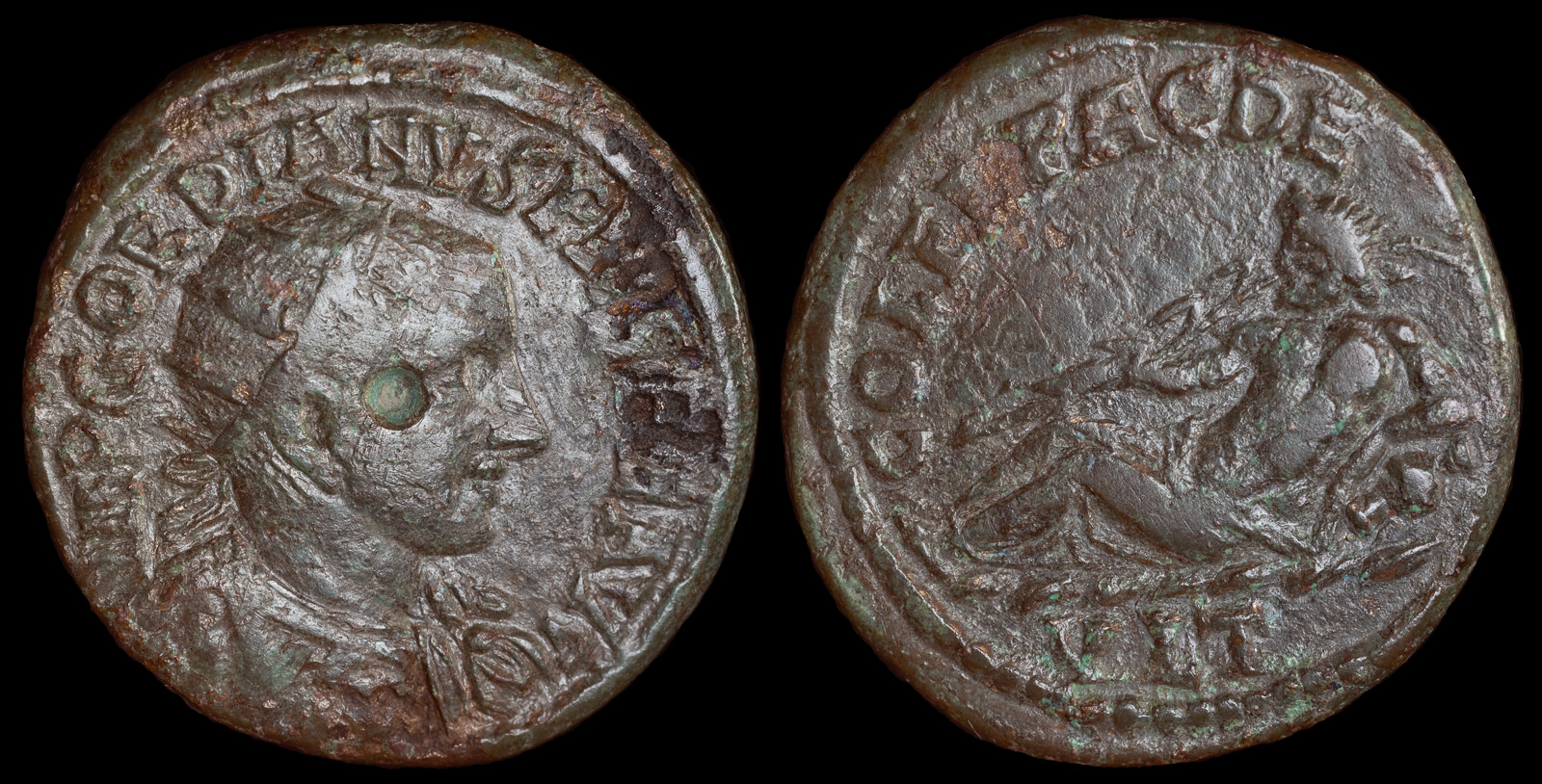River God
View All Tags
In ancient Greece, the river gods were typically seen as primordial deities, often considered children of Gaia, the Earth, or as offspring of other ancient gods. The most prominent of these river gods were the Potamoi, personifications of the rivers that flowed across the Greek world. Each river had its own specific god, such as the mighty Achelous, the longest river in Greece, or the rivers Alpheus, Peneus, and Scamander, all of which had their own unique myths and associations. These gods were typically depicted as powerful, bearded men with flowing hair, often holding a reed or other symbols of the river. Their images were commonly found in ancient art, and their worship took place at riverbanks or natural springs, where people believed the divine presence could be felt most strongly.
The Romans also venerated river gods, adopting many from Greek mythology but adding their own names and attributes. For example, the river god Tiberinus personified the Tiber River, which was central to the city of Rome. Like their Greek counterparts, Roman river gods were often invoked for their ability to bring prosperity and protect communities from floods or other water-related disasters. The concept of river gods extended beyond the Mediterranean, with cultures like the Egyptians, Persians, and Sumerians also recognizing the divine forces behind their most important rivers, such as the Nile, the Euphrates, and the Tigris.

Gordian III, Deultum 238-244 CE

Istros, Moesia 350-250 BCE

Psophis, Arkadia 350-300 BCE

Stratos, Akarnania 425-380 BCE

Tigranes II 70-66 BCE

Tigranes II 80-68 BCE

Tisna, Aeolis 4th century BCE
